PCBX.com Resources
Your source for industry knowledge, news, and expert insights

Latest Posts
Article
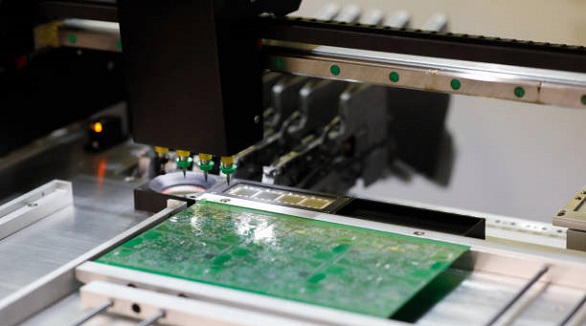
Panel-plating blind-hole filling enhances PCB reliability and efficiency by integrating filling and plating, meeting the demands of compact, complex, and trustworthy devices.
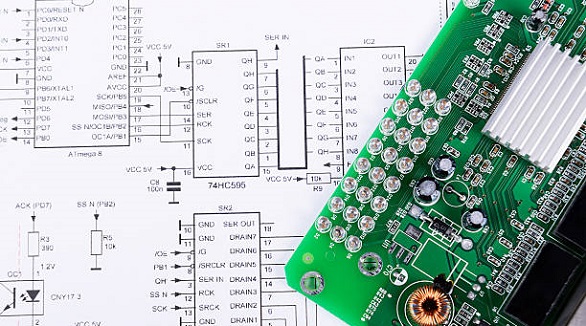
Understanding electrical schematics is essential for electronics professionals, as it connects design, testing, and production processes, facilitating effective PCB implementation.
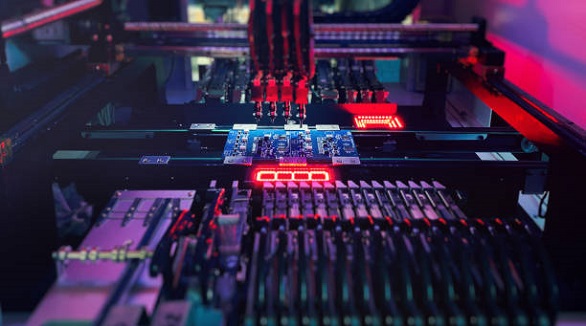
Efficient PCB assembly, using advanced machines and tech, optimizes production speed, cost, and quality, crucial for electronics from phones to aerospace.
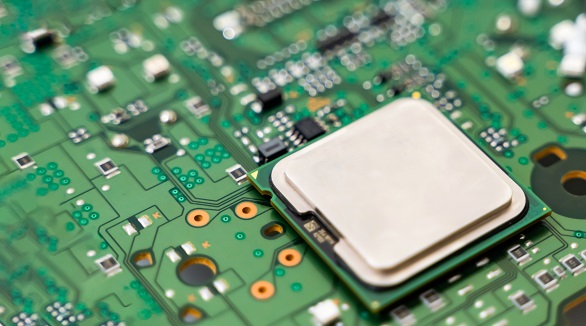
EMI protection in PCB manufacturing ensures device reliability and compliance by using shielding, design optimization, and filtering to mitigate electromagnetic interference.
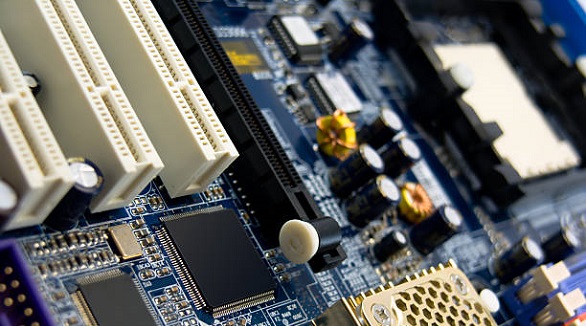
4-layer PCBs optimize space, performance, and cost, making them ideal for electronics requiring reliable and compact designs, such as in consumer electronics, telecom, and automotive.

PCB hot plates ensure precision in soldering for reliable electronic components, crucial for modern devices, enhancing efficiency through controlled heating.

Automated PCB manufacturing enhances precision, reduces costs, and accelerates production, enabling efficient, high-quality mass production and customization, vital for industry advancement.

PCB edge plating enhances connectivity, mechanical strength, EMC, and thermal management, crucial for diverse sectors, with trends toward higher density and durability.